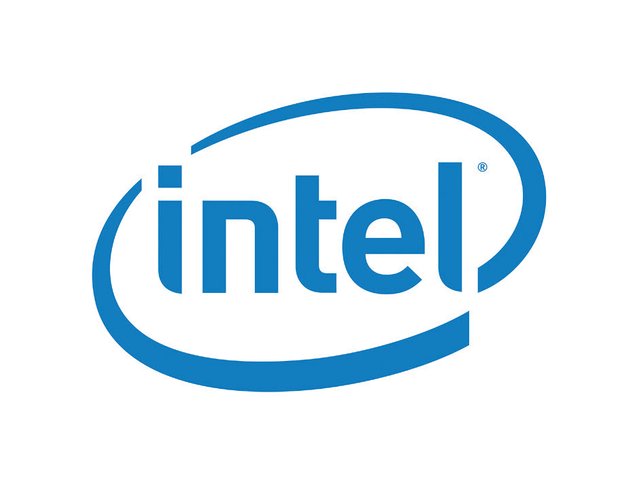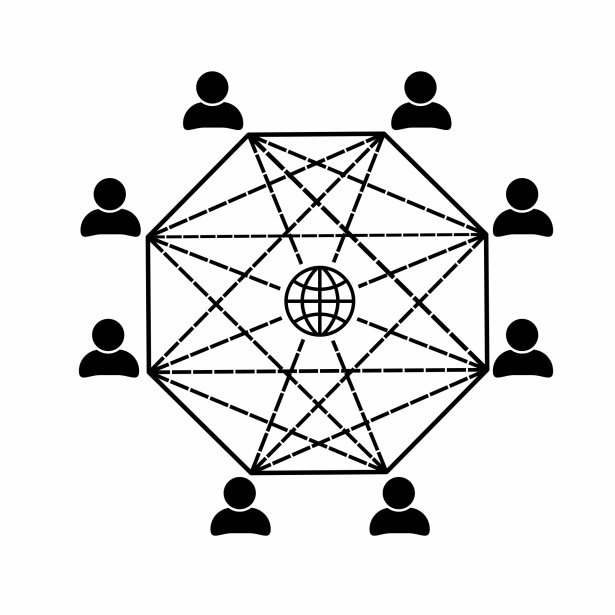First of all, I am very happy to be able to do my first homework here at Steemit Crypto Academy as it was today that I was able to do Steem Power and reach over 100 SP ☺.
Thanks to the teacher @alphafx for such a good class, I hope to participate in all his lessons from today ☺


Proof of Elapsed Time
Ever since the cryptocurrency revolution, this crypto world has always been full of new ideas and one of those ideas is Proof of Elapsed Time (PoET). A new consensus algorithm, highly innovative and highly scalable
One of the algorithms that attracts the most attention is Proof of Elapsed Time (PoET). Designed to be scalable and it is aimed at private blockchains so it is very rare to see it working on a blockchain of a public cryptocurrency, such as Bitcoin. The Proof of Elapsed Time (PoET) algorithm is designed to work on the development of blockchains in systems with high information traffic, such as clinical or chemical laboratories, production lines, assembly lines or automation.

The creation of this algorithm takes us to 2016, when researchers from the semiconductor company Intel, one of the largest companies in the world in terms of creation and design of processors, participated in a project called Hyperledger, at that time the leaders of the project was the Linux Foundation. In that same year, Intel announced the development of "Sawtooth Lake." That it sought to create a technology to develop a private and scalable blockchain all supported by Hyperledger.
The consensus algorithm Proof of Elapsed Time (PoET) was presented by Intel as an algorithm claimed in time lottery. A totally new and revolutionary insight using Intel processor technology.

PoET works by creating a trusted group of participants that are ordered and controlled by a controller. The controller, takes the work of the people in the trusted group and verifies it to be sure that it is correct, in order to verify it, the controller shares a timer and a series of cryptographic tests that randomly accredit the participants of the group with the intention that participants can produce blocks within the blockchain.
When the participant is selected, he generates the block, develops the cryptographic test and sends the result to the controller. The controller receives the test, reviews it, and if it is correct, accepts the block. If the test fails verification, the controller discards it.
Once the controller makes the decision, the timer is activated again and the selection process begins again for another participant to generate the test. This process is an infinite cycle of repetitions that allows the continuous operation of the network.

The selection process is completely random and is carried out by Intel's random number generation instruction RDRAND. This instruction only exists in Intel processors and is responsible for generating random numbers at high speed, being numbers very difficult to detect.
Only participants who meet the certification validated by the system may become block generators. This certificate is generated when the participant uses SGX (Intel Software Guard Extensions) instructions. This type of instructions specialized in cryptography generate a very secure digital certificate and it is stored in a hardware vault within the same processor.
When the participant is chosen, the generation process is activated and starts, which enables it to generate blocks within the blockchain. The entire process guarantees that the participant complies with the following rules:
1 - Generate a certificate using the RDRAND instruction, SGX (Software Guard Extensions) and save it in its TEE (Trusted Execution Environment.)
2 - In order to become an active participant and be recognized, the participant must share the certificate with the network.

The participant takes the transactions on the network, adds the blocks and generates a hash that is sent back to the network to be accepted.
The PoET generation phase is straightforward. The block generator that is active must take the transactions from the network, add them to the block, create the hash for the same block and send it to the network to be processed and accepted. It is a process that takes approximately 0.1 seconds.

| Pros | Cons |
|---|---|
| Allows a very efficient and fully scalable block generation | It is dependent on Intel technology. Although it can be adapted to other platforms, a change by Intel can make it incompatible |
| It is perfect to apply to private blockchain networks, companies or institutions. | There are forms of cyberattacks taking advantage of vulnerabilities in Intel processors. |
| Choosing and accepting validators ensures that the network is resistant to attacks internally. | The process is decentralized and as it is random, it allows everyone to have the same possibility of being selected to generate the blocks. |
This algorithm, although it is an advance in technology, is still very insecure for use in cryptocurrencies, for this reason no current cryptocurrency uses this algorithm since developers make sure that all assets are sure, for now we will only see the algorithm in Intel processors and HyperLedger technology, hopefully with time better and can be implemented.



Task satisfactorily done
Thanks for participating
Downvoting a post can decrease pending rewards and make it less visible. Common reasons:
Submit
Thank you Professor ☺
Downvoting a post can decrease pending rewards and make it less visible. Common reasons:
Submit